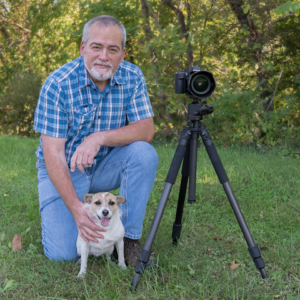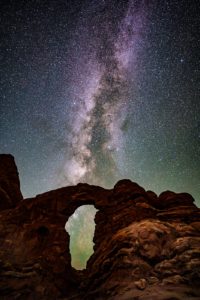
Humans have been sharing stories since they first learned to speak. However, how we tell those stories has changed over time. We started by painting our stories on the walls of caves and then learned to write and paint and later invented photography and filmmaking. Story Telling at 24 Frames Per Second will cover the advantages, disadvantages, and differences between still photography and filmmaking as well as why and how to incorporate filmmaking in your story telling. It’s a journey and, if for nothing else, one that will improve your still photography.
BIO
 Brian Zwit, formerly just a photographer and educator in northern Virginia, added filmmaker to his resume during the pandemic years.
Brian Zwit, formerly just a photographer and educator in northern Virginia, added filmmaker to his resume during the pandemic years.
While still enthralled with still photography, he is using video to expand his storytelling options and range of subjects. When shooting stills, his favorite subject is the elegance and majesty of nature, particularly landscapes, and when filmmaking, the human condition, telling the unique and unusual stories of the everyday person. While having his favorite genres, he dabbles with photographing and filming protests, dogs, travel adventures, and street life.
 Brian has been teaching photography for more than ten years for workshop companies and non-profits, including the Ward Museum, Chincoteague Bay Field Station, and camera clubs in the mid-Atlantic. Brain is an exceptional Lightroom instructor, and he has had more than 1,000 students attend his Lightroom training. Brian also speaks to camera clubs, schools, and other organizations on creativity and photographic techniques. He is well known for his ability to distill complex topics to their essence and explain them in simple, easy to understand ways
Brian has been teaching photography for more than ten years for workshop companies and non-profits, including the Ward Museum, Chincoteague Bay Field Station, and camera clubs in the mid-Atlantic. Brain is an exceptional Lightroom instructor, and he has had more than 1,000 students attend his Lightroom training. Brian also speaks to camera clubs, schools, and other organizations on creativity and photographic techniques. He is well known for his ability to distill complex topics to their essence and explain them in simple, easy to understand ways
Brian’s favorite assistant is Dingo, a Parson Russell Terrier, who really is not very helpful but is always ready for a walk in the woods. She also reminds him not to get too obsessed with work, photography, and filmmaking and just enjoy life.

